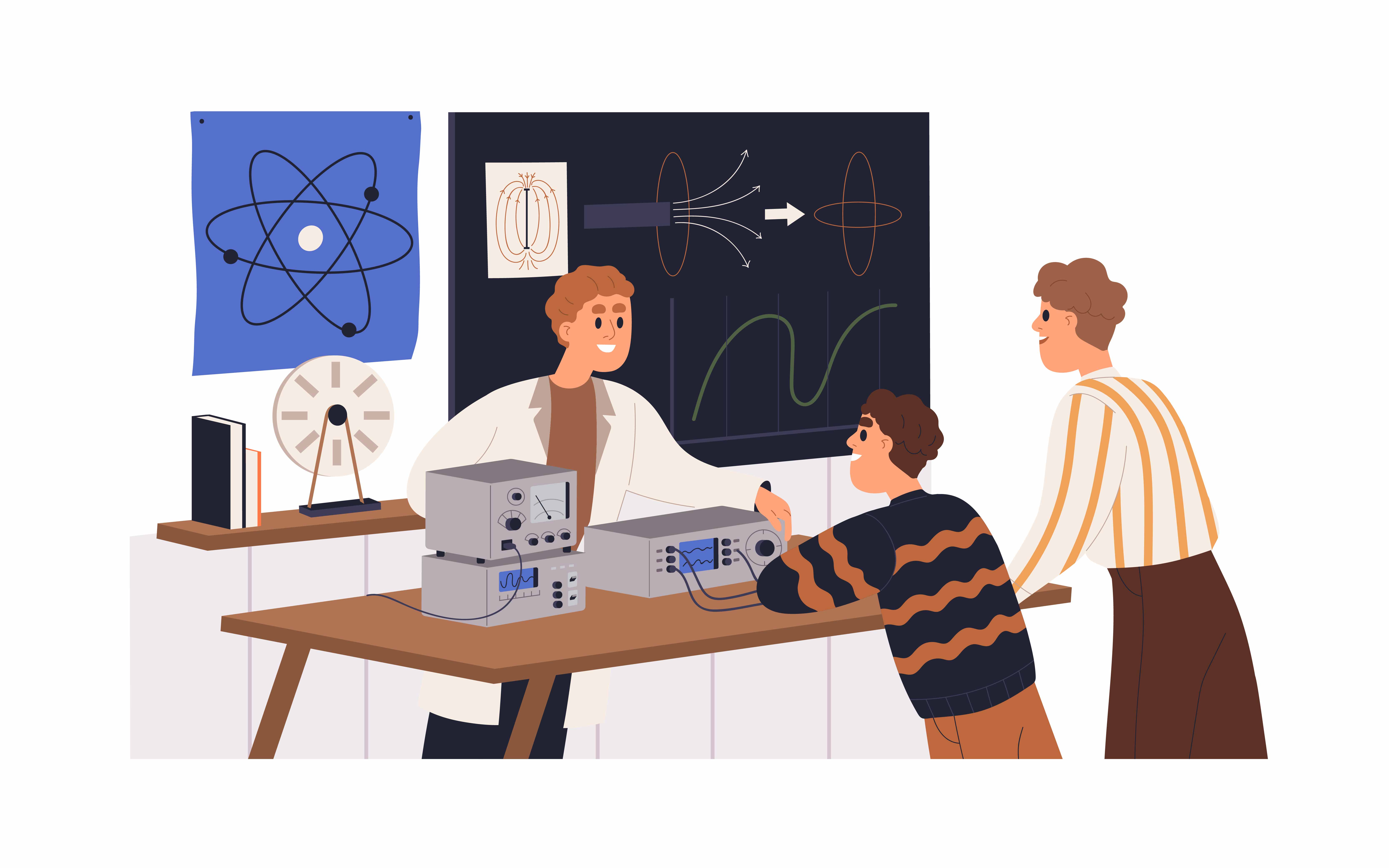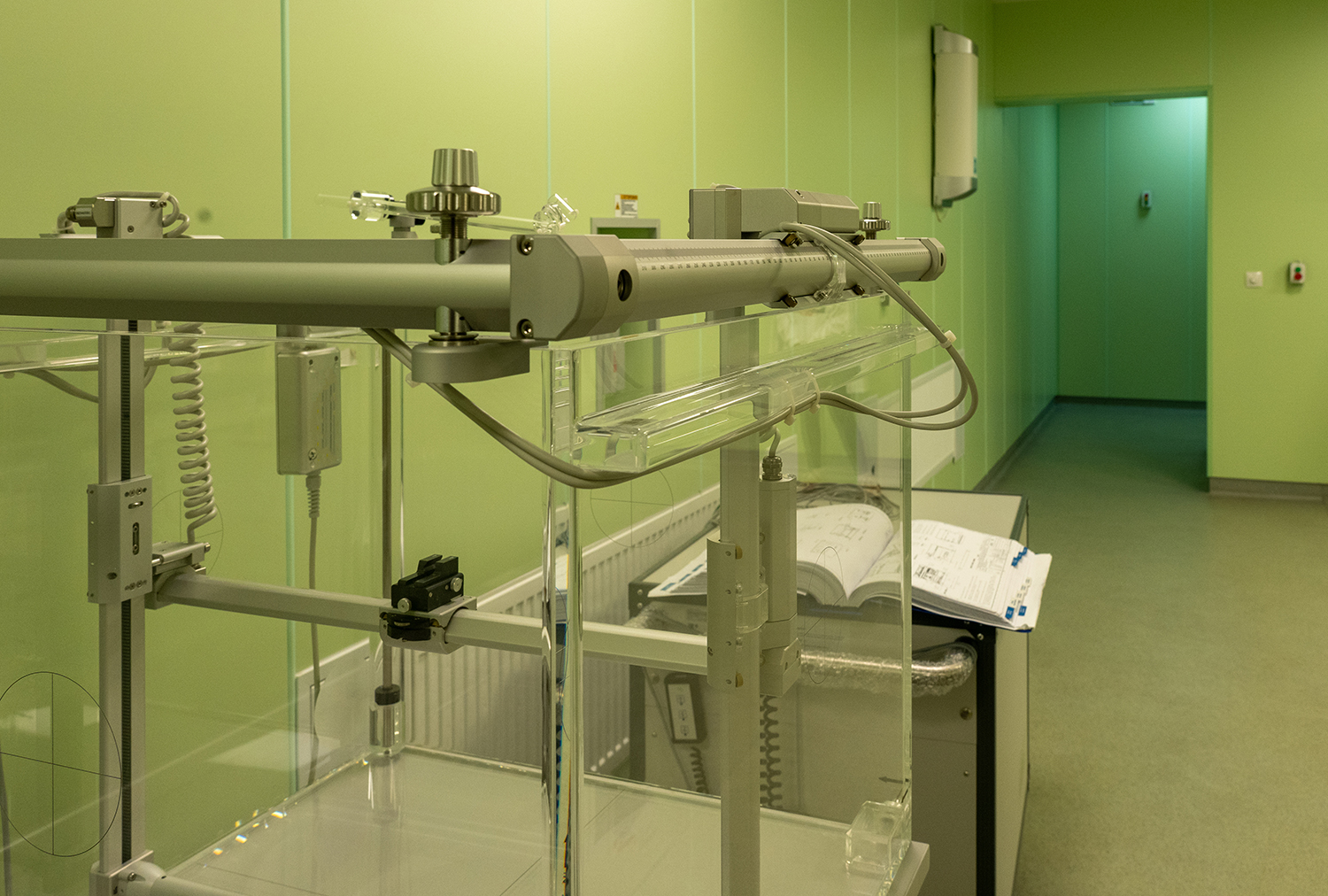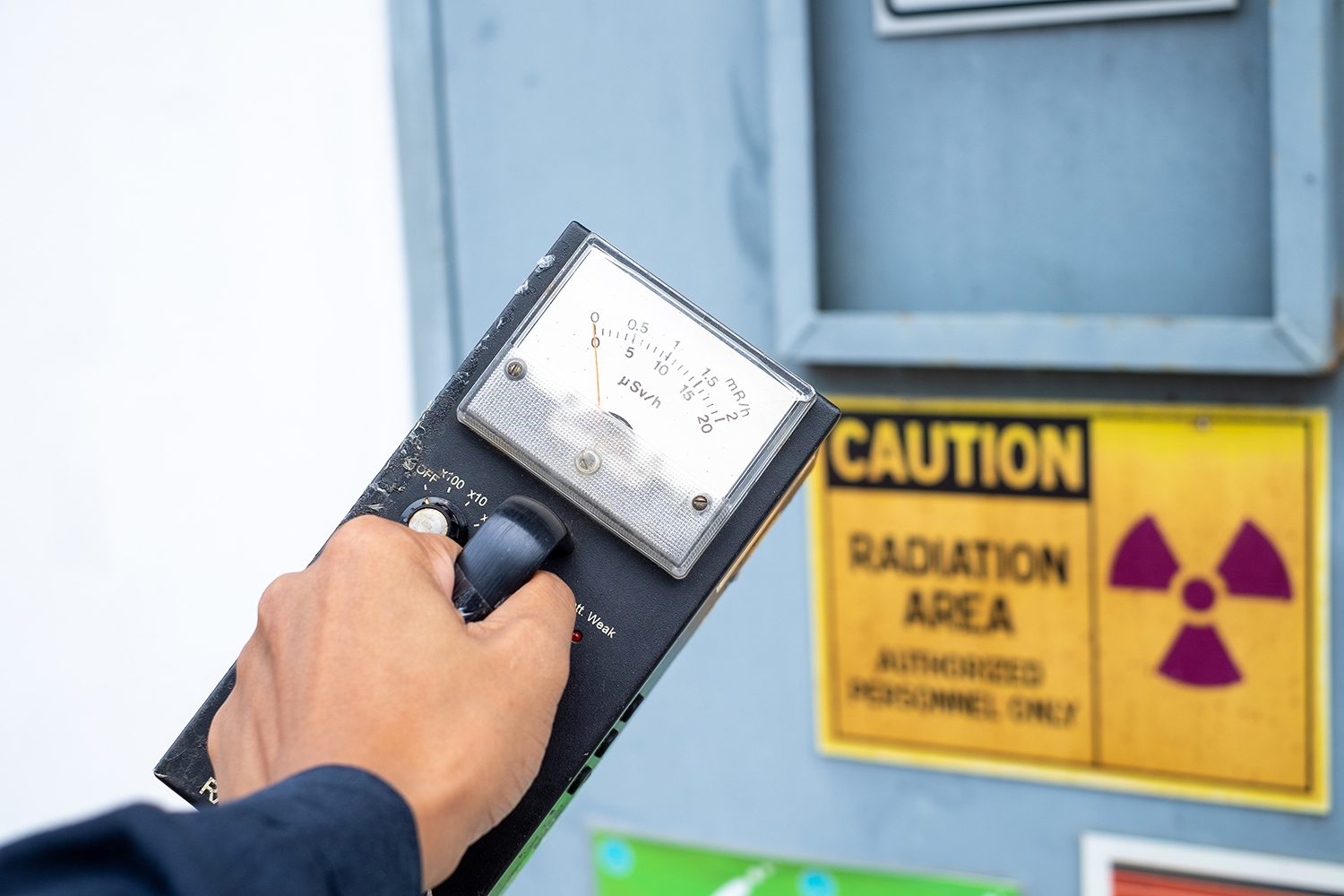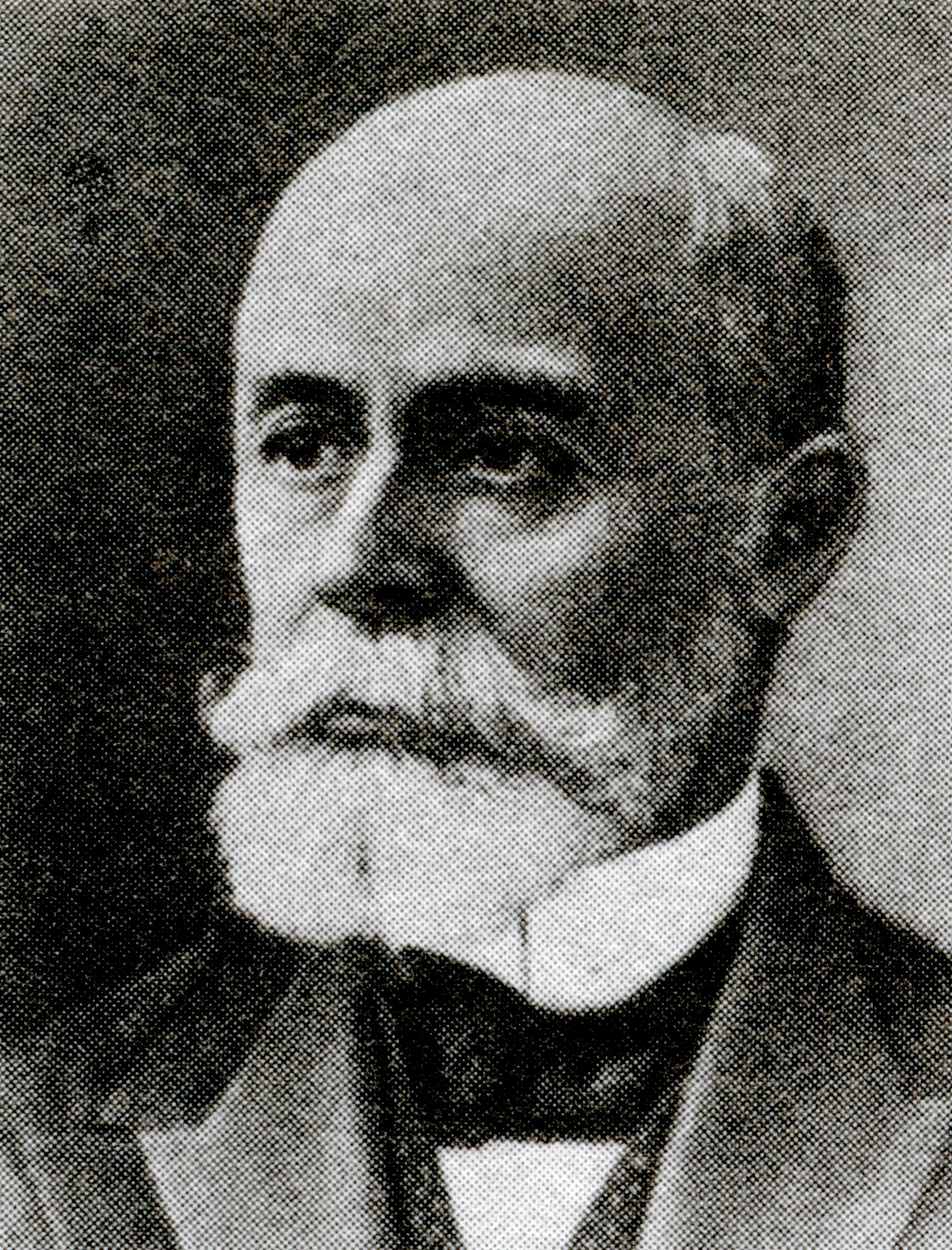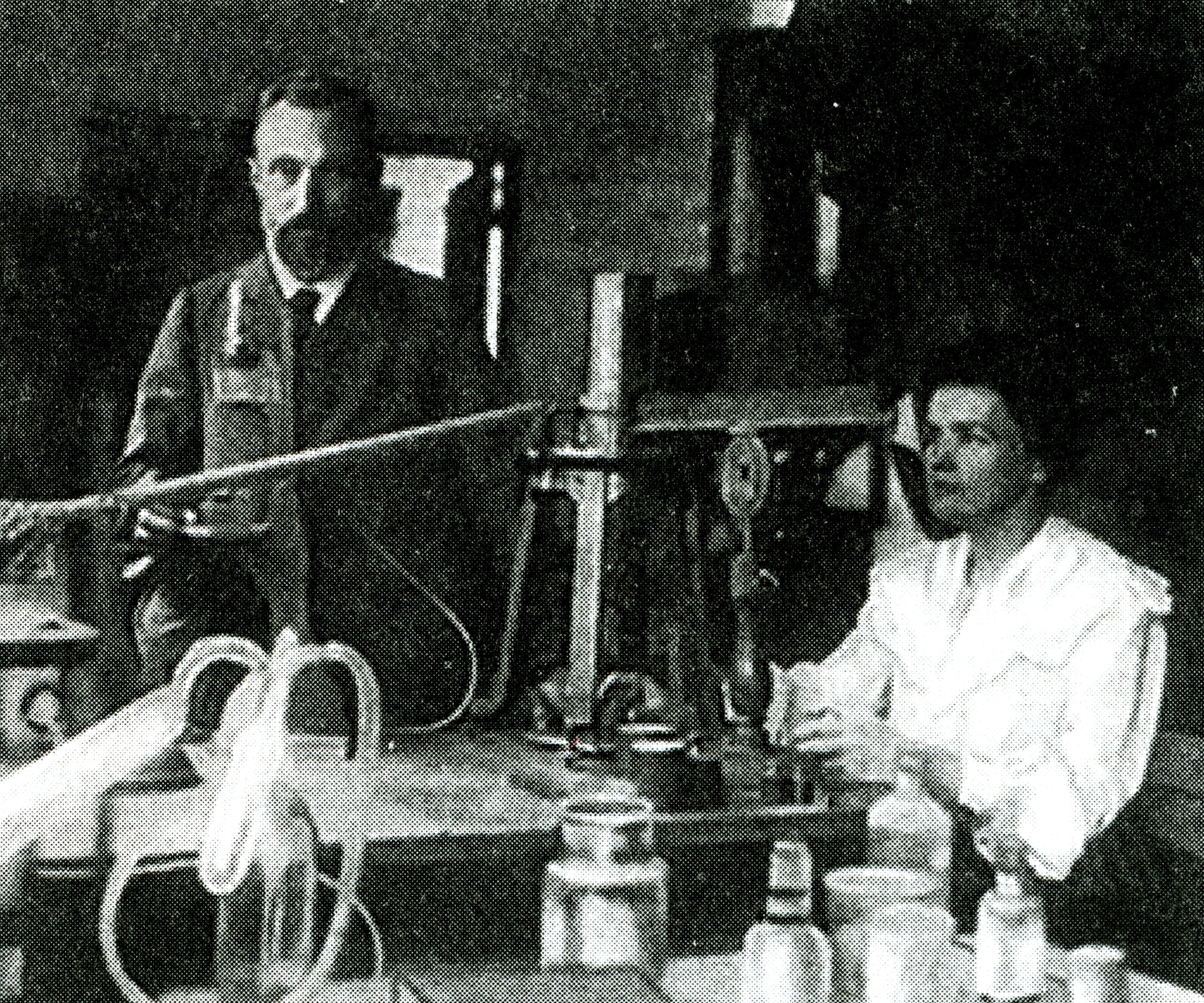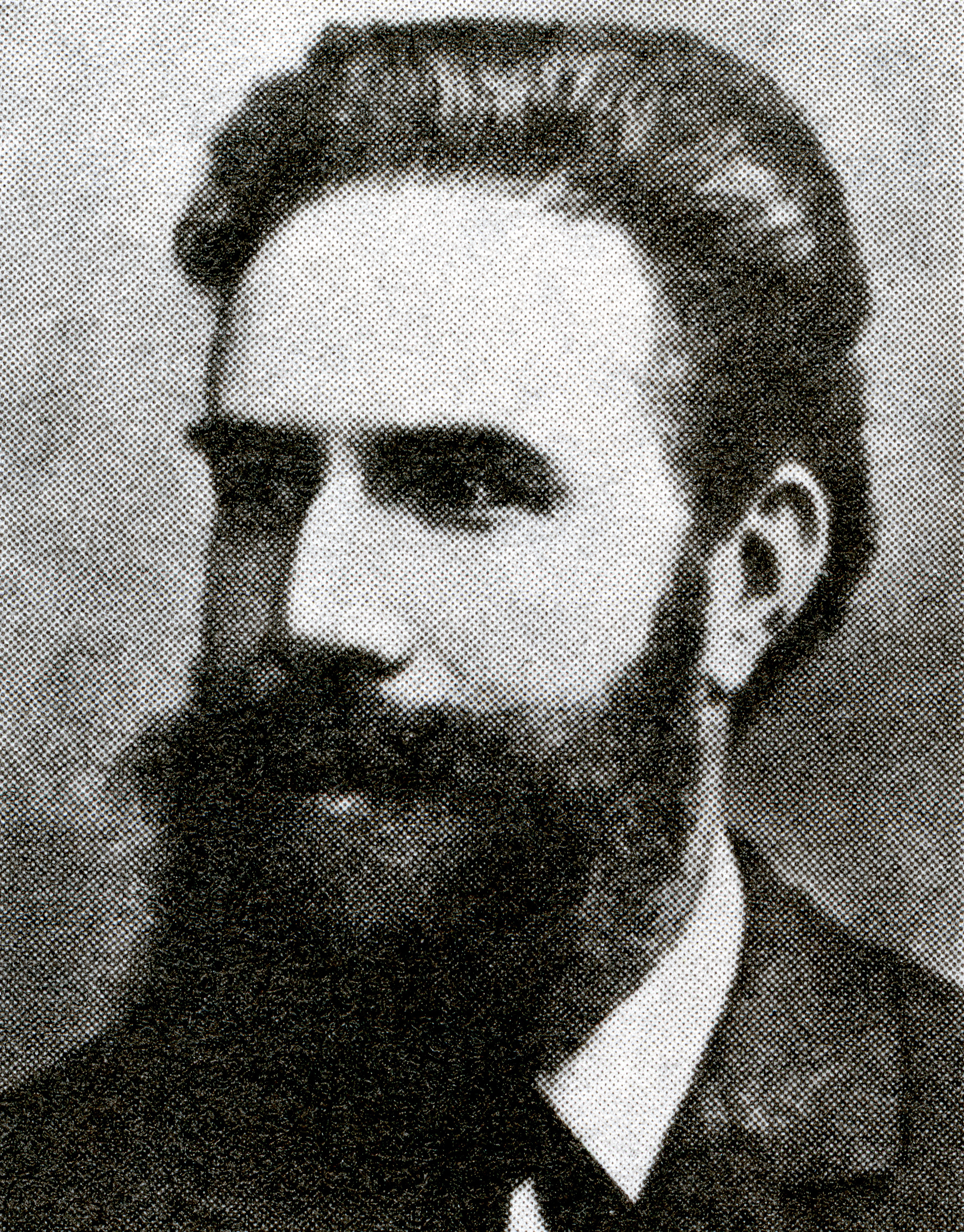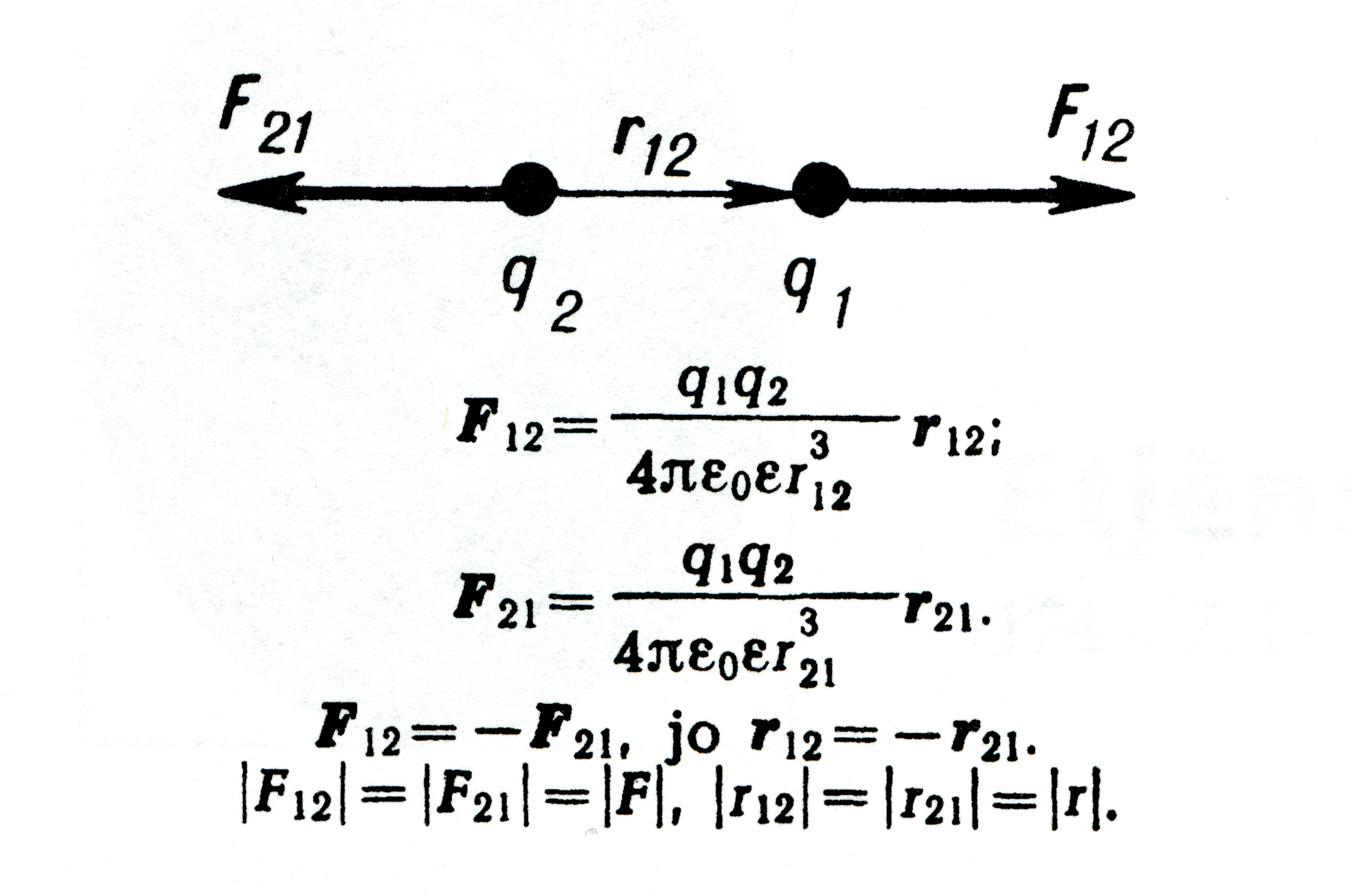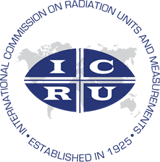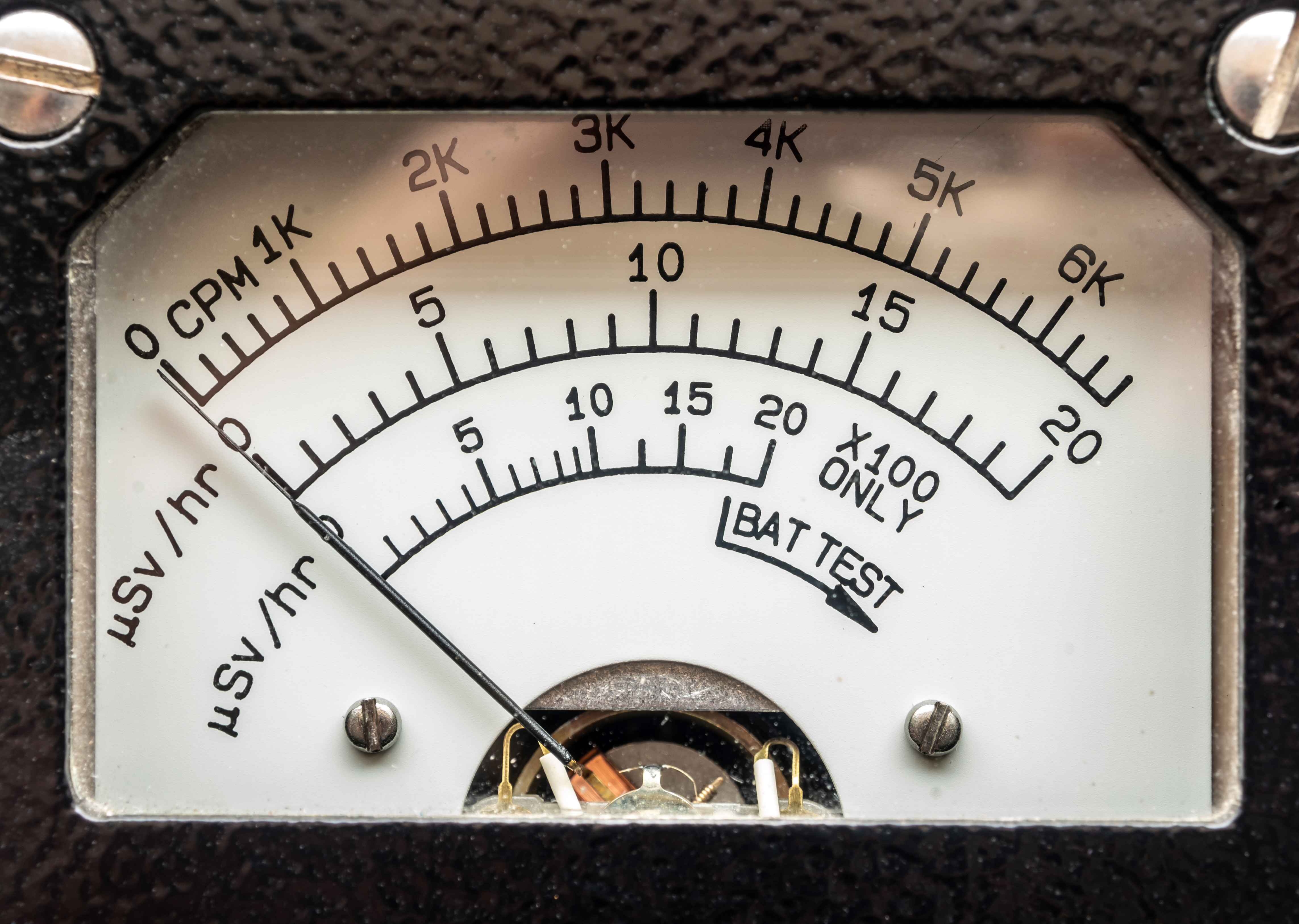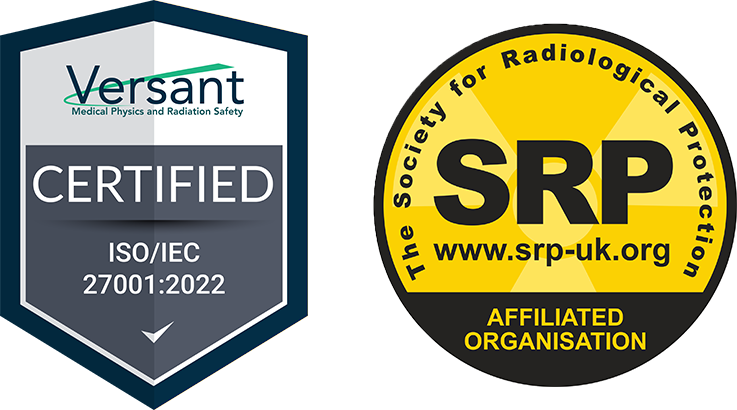Dr. Thomas Morgan, a Senior Health Physicist with Versant Physics, was recently made a Fellow by the Health Physics Society. As a long-standing scientist within the world of radiation science and health physics, this is an achievement he more than deserves. A 1983 graduate of the University of California, Irvine, Dr. Morgan has built a distinguished career spanning several decades. His academic and professional achievements reflect a deep commitment to advancing the field and training future generations of scientists.
Academic Foundations and Early Training
Dr. Morgan’s academic path laid a strong foundation for his future contributions to radiation science. At UC Irvine, he earned bachelor’s degrees in both biology and chemistry. These disciplines provided him with a robust understanding of the scientific principles underlying medical physics and radiological sciences. Dr. Morgan’s educational journey didn’t stop there. He continued at UC Irvine to obtain both a master’s degree and a Ph.D. in radiological sciences, specializing in medical physics.
During his time as a graduate student, Dr. Morgan underwent rigorous training in operating nuclear reactors. He became licensed by the Nuclear Regulatory Commission as a Senior Operator of the TRIGA Mk 1 nuclear reactor on campus. This hands-on experience with nuclear technology and safety would become a cornerstone of his career.
Contributions to Research and Publications
Dr. Morgan’s research contributions are significant and varied. His work spans several critical areas, including radiation biology and physics, cancer biology, clinical cancer research, and radiation safety. Over the years, he has directed and conducted valuable research. This work has advanced our understanding of how radiation affects biological systems. The research also produced options for how it can be used safely and effectively in medical treatments.
The scholarly output of Dr. Thomas Morgan is impressive, with more than 35 peer-reviewed publications to his name. Additionally, he has co-authored three books and six book chapters. This further solidifies his reputation as a leading expert in his field. In the Versant Physics newsroom, we covered the publication of one of his more recent publications with HPS. Publications like these not only reflect his deep knowledge but his dedication to sharing that knowledge with the broader scientific community.
Commitment to Education and Training
Dr. Morgan’s commitment to education is evident from his extensive teaching experience. He was hired by the Southern California Permanente Medical Group in Los Angeles, California, to teach radiation biology resident physicians in the Radiation Therapy Department. He was appointed as an Adjunct Professor of Health Sciences at California State University of Long Beach. This was where he taught radiation biology to radiation therapy radiologic technologists. Dr. Morgan took every role in educating these future professionals with determination to better the future. This underscores his belief in the importance of training and mentoring the next generation of radiation practitioners.
Dr. Thomas Morgan also taught health physics to medical physics graduate students at Columbia University in New York City. There he served as an Adjunct Professor of Applied Physics and Mathematics. Through these roles, Dr. Morgan has not only imparted his knowledge but has also helped shape the careers of the next generation of medical physicists.
Professional Roles Through a Dedicated Career
Dr. Morgan’s professional career includes several prestigious positions in radiation safety and environmental health. He served as the Radiation Safety Officer (RSO) at the Southern California Permanente Medical Group’s Los Angeles campus. Dr. Morgan was also the RSO at the University of Rochester and Strong Memorial Hospital in Rochester, New York. His expertise in managing radiation safety protocols in these settings was crucial for maintaining safe and compliant operations.
Before his retirement in 2018, Dr. Morgan held a prominent role as the Executive Director of Environmental Health and Safety and Chief Radiation Safety Officer at Columbia University and the Columbia University Irving Medical Center. In this capacity, he was responsible for overseeing all aspects of environmental health and safety. This included radiation safety, ensuring that the institution adhered to the highest standards.
Leadership in Professional Organizations
Dr. Morgan’s contributions extend beyond his research and teaching. He has always been an active member of the Health Physics Society. Dr. Morgan even served as past president of the Western New York and Florida chapters. His leadership roles also include chairing several committees and serving as a Director of the Society. In recognition of his service and contributions to the field, he was named a Fellow of the Health Physics Society in 2023.
His editorial roles further illustrate his commitment to advancing the field. Dr. Morgan is currently an Associate Editor of the Health Physics Journal. He also previously served as an Associate Editor of Applied Physics Research. These positions highlight his ongoing engagement with the latest research and developments in health physics.
Certification and Licensure
Dr. Morgan’s professional qualifications are extensive. He is certified by the American Board of Health Physics in the practice of comprehensive health physics and is licensed to practice medical health physics in New York, Florida, and Texas. These credentials underscore his expertise and commitment to maintaining the highest standards in his practice.
Personal Life and Volunteer Work
Outside of his professional life, Dr. Morgan enjoys residing in Sarasota, Florida, with his wife, Diane. He remains actively involved in his community through volunteer work. He serves as a docent at the Mote Marine Laboratory, where he helps educate the public about marine science. Additionally, his involvement with the Manasota Medical Reserve Corps reflects his dedication to supporting public health and safety.
A Continuing Devotion to Radiation Science and Health Physics

The career of Dr. Thomas Morgan is a testament to his passion for radiation science and health physics. From his early academic achievements to his significant research contributions, teaching roles, and leadership positions, his impact on the field is profound. His dedication to education, professional service, and community involvement underscores a lifetime of commitment to advancing science and improving safety. As a newly named Fellow of the Health Physics Society, Dr. Morgan’s legacy continues to inspire and shape the future of radiation science.

